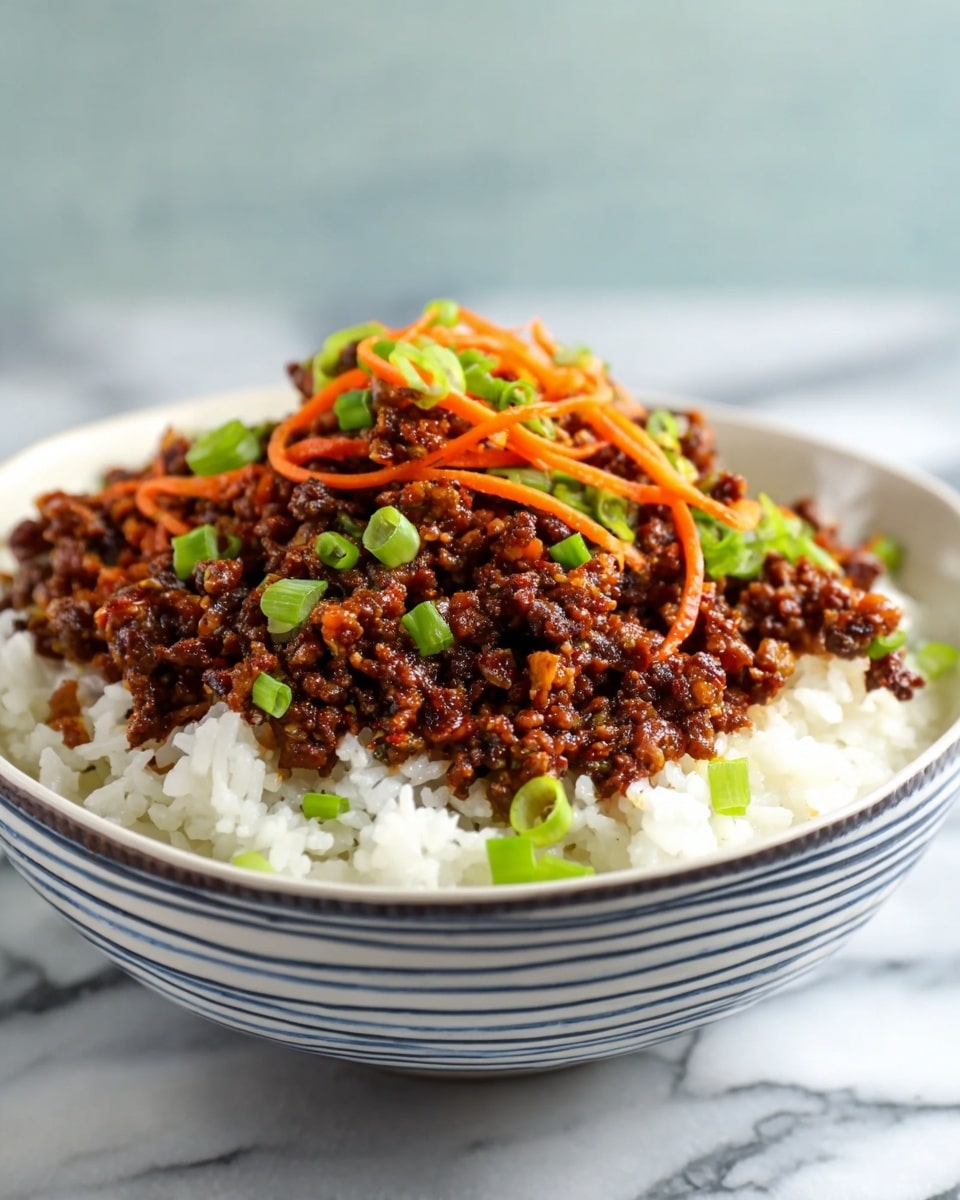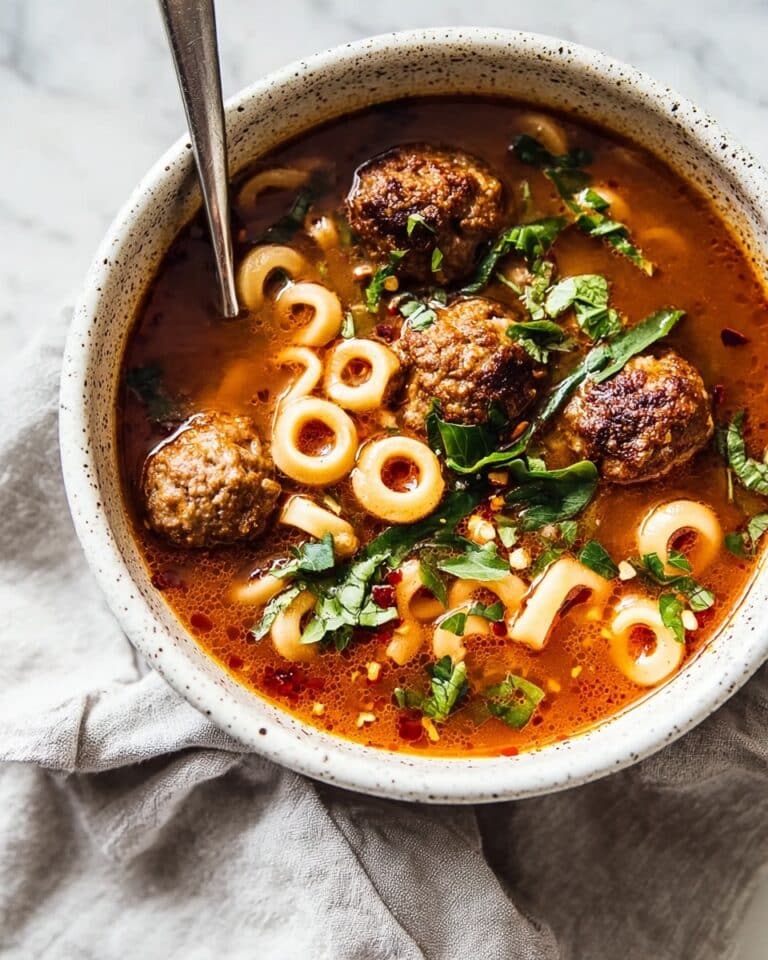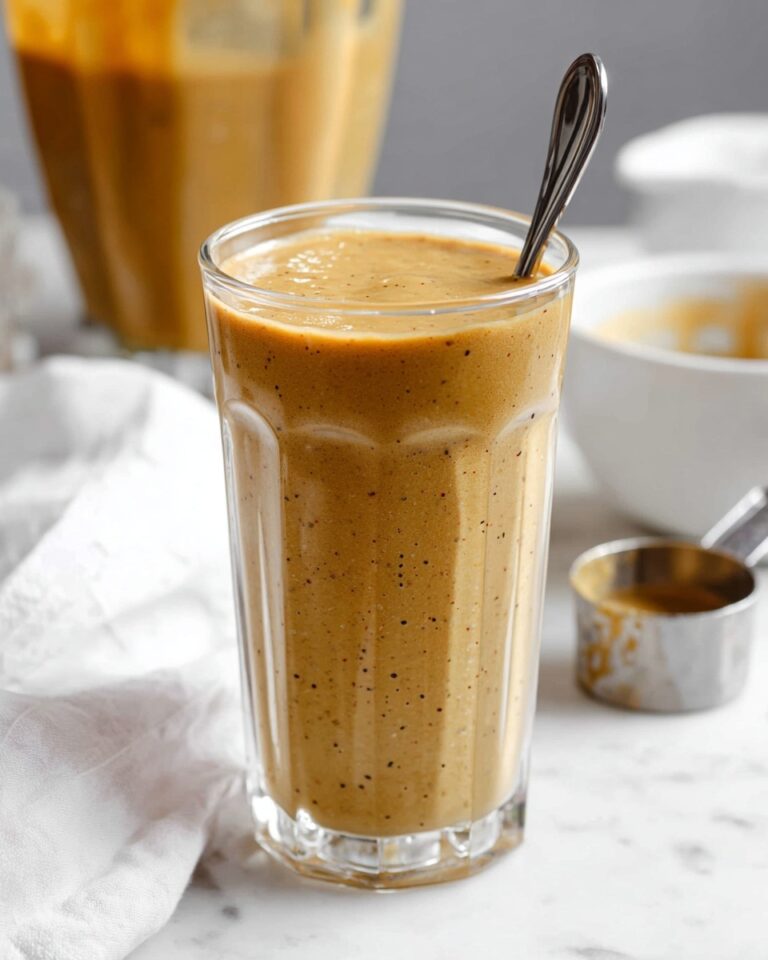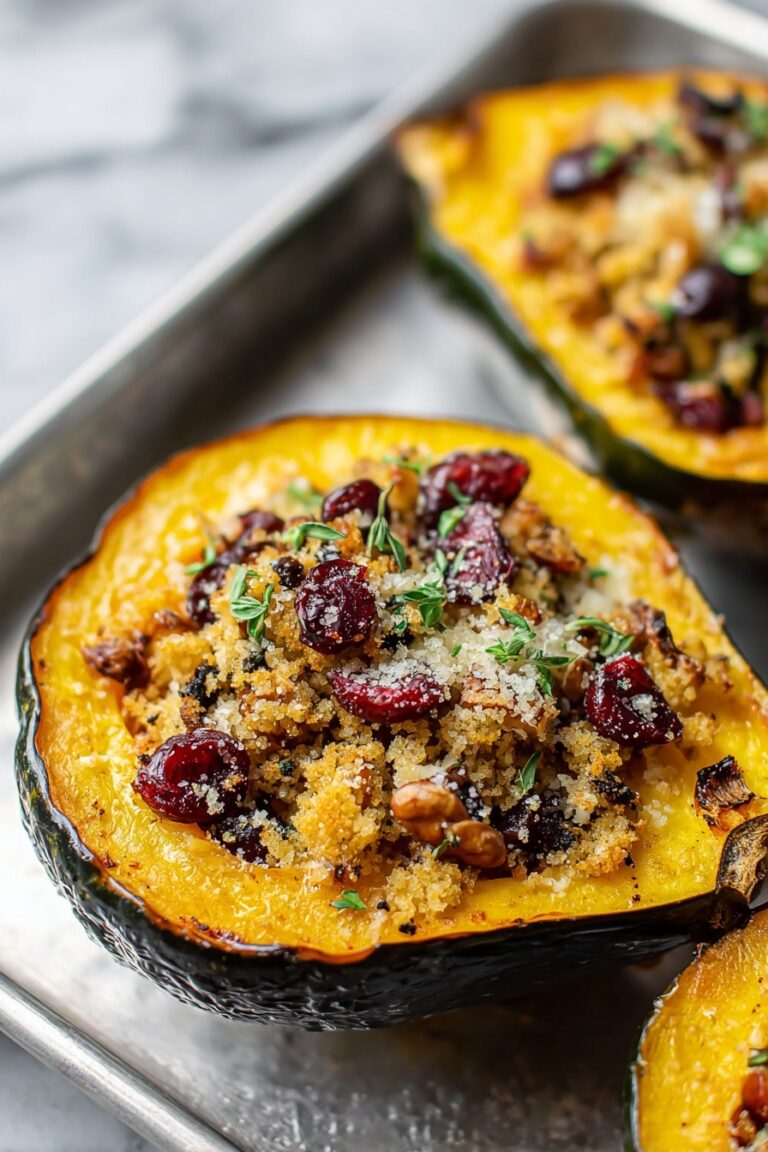Easy Korean Beef Rice Bowls Recipe
- Cooked rice: Using freshly cooked or minute rice gives you that warm, soft base that soaks up the sauce beautifully.
- Sesame oil: Adds a subtle nutty aroma that’s signature in Korean cuisine — a little goes a long way.
- Lean ground beef: Keeps the dish hearty but not greasy; you get richness without heaviness.
- Garlic: Minced or pressed, garlic’s pungency boosts the savory depth.
- Low sodium soy sauce: Provides salty umami without overpowering the dish; the low sodium helps control saltiness.
- Minced ginger: Adds a fresh zing that balances the sweetness and savory notes.
- Brown sugar: Gives just enough sweetness to melt into the soy and ginger, creating that perfect glaze.
- Sriracha (optional): For those who like a little heat, this is your go-to kick!
- Carrots (julienne): I love using pre-cut carrots to save time — they add crunch and color.
- Garnishes (green onions, toasted sesame seeds, red pepper flakes): These not only look pretty but add extra layers of flavor and texture.
Make It Your Way
This Easy Korean Beef Rice Bowls Recipe is like a blank canvas. I often mix up the veggies depending on what’s in season or what’s lingering in my fridge — sometimes snap peas, sometimes shredded cabbage, or even bell peppers for added crunch. Don’t hesitate to bring your own spin to it.
- Vegetable Swap: I once swapped carrots for zucchini and loved how the texture stayed fresh and vibrant.
- Protein Variations: Ground turkey or even diced tofu works if you want a lighter or vegetarian-friendly option.
- Spice Level: Adjust the sriracha or skip it if you’re serving kids — no heat necessary for big flavor.
- Rice Alternatives: Brown rice or cauliflower rice offers a twist for those watching carbs.
Step-by-Step: How I Make Easy Korean Beef Rice Bowls Recipe
Step 1: Cook Your Rice Perfectly
Start by cooking your rice according to the package directions. Whether you use minute rice or cook from scratch in a rice cooker, getting fluffy, separate grains makes the whole dish shine. I usually prepare this first so it’s ready right when the beef finishes.
Step 2: Brown the Beef with Sesame Oil
Heat up a large non-stick skillet over medium-high heat and add the sesame oil. Once it’s hot and shimmering, toss in your lean ground beef. Break it apart gently with a spatula and cook until it’s just about done, usually 6 to 10 minutes. You’re looking for a nice brown color but not dried out.
Step 3: Add the Flavor Bombs
Now, add the finely minced garlic, soy sauce, minced ginger, brown sugar, and a splash of sriracha if you like some heat. Stir it all around until the sauce starts to thicken slightly and lightly coats the beef — that’s when you know the flavors are melding perfectly.
Step 4: Toss in the Carrots and Finish Cooking
Finally, stir in the julienned carrots and cook for just another 2 minutes. They soften a bit but keep a subtle crunch, which I adore for texture contrast. Avoid overcooking here — the carrots should feel fresh and lively.
Step 5: Assemble and Garnish
Spoon the beef and carrot mixture over your warm rice bowls. Sprinkle with chopped green onions, toasted sesame seeds, and if you like, a pinch of red pepper flakes. These little touches add extra freshness and visual appeal.
Tips from My Kitchen
- Use Fresh Ginger and Garlic: It really makes the flavor pop more than powders or dried substitutes.
- Don’t Overcrowd the Pan: Browning works best when the beef has space — crowding steams it instead.
- Toast Your Sesame Seeds: A quick toast in a dry pan before sprinkling adds a nutty crunch that’s hard to beat.
- Skip the Sauce Thickeners: The brown sugar and soy sauce combo naturally thickens, keeping the dish light and clean.
How to Serve Easy Korean Beef Rice Bowls Recipe
Garnishes
I almost always reach for chopped green onions and toasted sesame seeds when serving. They add a fresh bite and a nutty crunch that makes the dish feel vibrant. I throw a pinch of red pepper flakes on mine for a tiny kick, but that’s totally optional — no pressure if you’re feeding spice-sensitive friends!
Side Dishes
This recipe pairs amazingly well with simple sides like steamed broccoli or a crisp cucumber salad for some freshness. I also love serving kimchi on the side if I have it on hand — it adds a lovely tang and crunch that complements the beef so well.
Creative Ways to Present
For a special occasion, try serving the bowls in cute stoneware dishes topped with edible flowers or thinly sliced radishes for color. You can also wrap the beef and rice in large lettuce leaves for a fresh and fun twist that feels like eating finger food at a dinner party.
Make Ahead and Storage
Storing Leftovers
Once cooled, store the beef mixture and rice separately in airtight containers in the fridge. Keeping them separate helps maintain the rice’s texture so it doesn’t get mushy. These bowls stay great for up to 3 days, perfect for quick lunches or snacks.
Freezing
I’ve frozen the beef mixture without any trouble. Portion it out into freezer-safe containers, and it will keep well for about 2 months. Just skip freezing the rice since it can get mushy — cook fresh rice when you’re ready to eat!
Reheating
I usually reheat the beef on the stove over medium heat with a splash of water or broth to keep it juicy, stirring occasionally. If reheating rice, sprinkle a bit of water over it and microwave covered — this traps steam and revives the fluffy texture nicely.
FAQs
-
Can I make this Easy Korean Beef Rice Bowls Recipe gluten-free?
Absolutely! Just swap out the soy sauce for a gluten-free tamari or coconut aminos. The flavor will still be delicious and just as satisfying.
-
What ground beef should I use for best results?
Lean ground beef (around 90% lean) works best because it browns nicely without releasing too much grease, which helps achieve that savory, clean flavor in the dish.
-
Can I use a different protein instead of beef?
Yes! Ground turkey, chicken, or even a plant-based ground meat substitute are great alternatives. Just adjust cooking times slightly depending on the protein.
-
Is there a vegetarian version of this recipe?
You can replace the beef with crumbled tofu or tempeh, seasoning it similarly and cooking until browned. Adding mushrooms can also boost umami flavor to fill in for the meatiness.
-
How spicy is this recipe and can I adjust it?
The traditional version has a mild to moderate heat thanks to optional sriracha and red pepper flakes. Feel free to omit or increase these depending on your spice preference — it’s totally flexible!
Final Thoughts
This Easy Korean Beef Rice Bowls Recipe has become one of my go-to dinners whenever I want something tasty, fast, and comforting. It hits all the right notes with minimal fuss and maximum flavor, which is a total win in my book. I really hope you enjoy making it as much as I do — it’s like a warm hug in a bowl, and sharing it feels like sharing a piece of home.
There’s something incredibly comforting about a bowl packed with savory, sweet, and just a hint of spice — and that’s exactly what you get with this Easy Korean Beef Rice Bowls Recipe. It’s flavorful without being complicated, which makes it perfect for busy weeknights or those times when you want to whip up something delicious without spending hours in the kitchen. I love how the sauce balances with the tender beef and fresh carrots, all served over fluffy rice.
One of the reasons I keep coming back to this Easy Korean Beef Rice Bowls Recipe is how adaptable it is. You don’t need fancy ingredients or tricky techniques, and it always delivers a restaurant-quality meal at home. Plus, it works great for meal prep — you can make a big batch and enjoy leftovers all week long, which saves so much time.
Why This Recipe Works
- Simple yet Flavorful: A blend of garlic, ginger, soy sauce, and brown sugar creates a delicious sauce that elevates the beef without overwhelming your taste buds.
- Quick and Easy: Ready in just about 15 minutes, it’s a lifesaver on hectic days.
- Versatile Meal: Perfect for leftovers, meal prep, or customizing with your favorite veggies and toppings.
- Balanced Nutrition: Lean ground beef adds protein while carrots provide a bit of crunch and sweetness, all paired with satisfying rice.
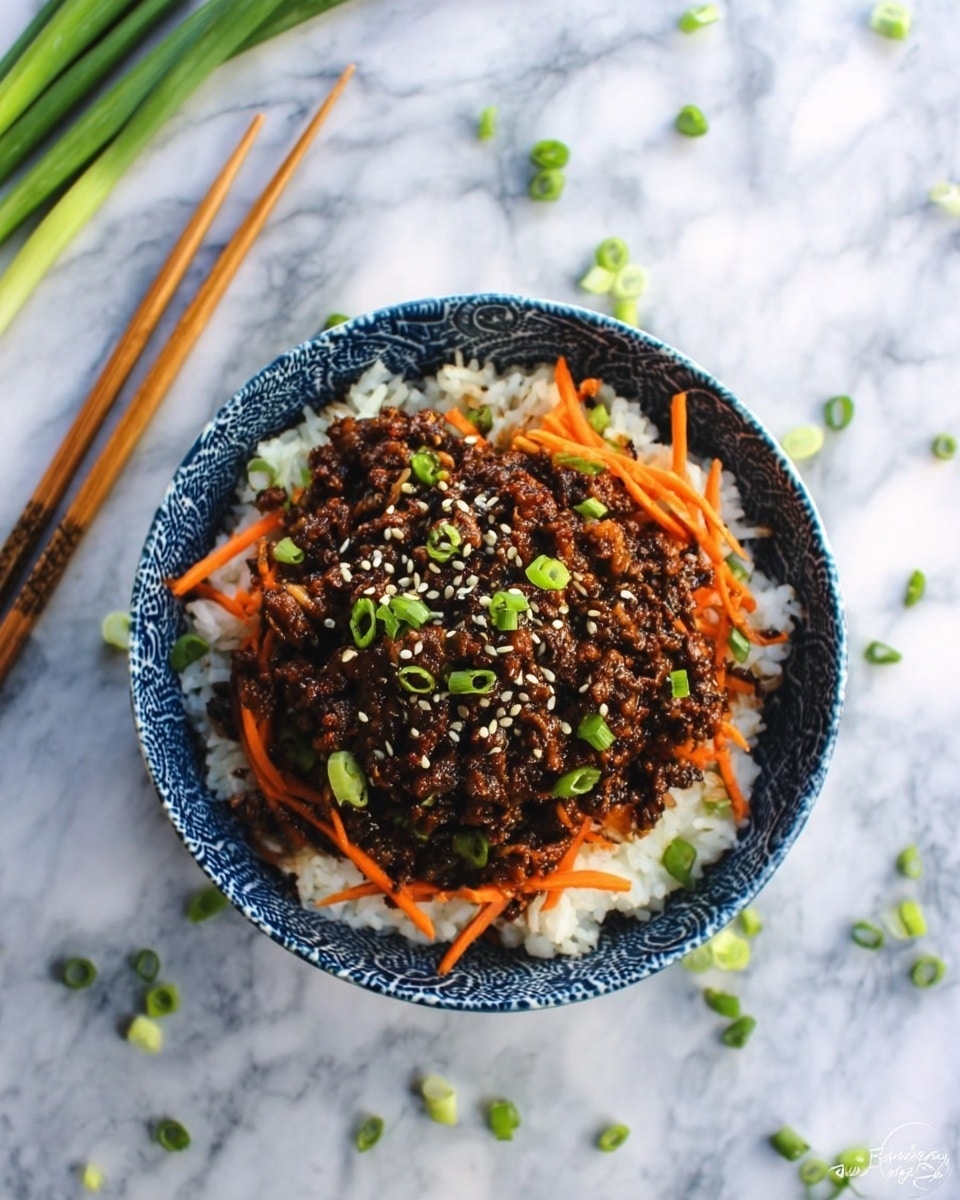
Ingredients & Why They Work
Each ingredient in this Easy Korean Beef Rice Bowls Recipe has a purpose to build those comforting, savory-sweet layers of flavor, and choosing the right ingredients makes a difference. I always recommend grabbing fresh garlic and ginger — they really brighten up the dish!
- Cooked rice: Using freshly cooked or minute rice gives you that warm, soft base that soaks up the sauce beautifully.
- Sesame oil: Adds a subtle nutty aroma that’s signature in Korean cuisine — a little goes a long way.
- Lean ground beef: Keeps the dish hearty but not greasy; you get richness without heaviness.
- Garlic: Minced or pressed, garlic’s pungency boosts the savory depth.
- Low sodium soy sauce: Provides salty umami without overpowering the dish; the low sodium helps control saltiness.
- Minced ginger: Adds a fresh zing that balances the sweetness and savory notes.
- Brown sugar: Gives just enough sweetness to melt into the soy and ginger, creating that perfect glaze.
- Sriracha (optional): For those who like a little heat, this is your go-to kick!
- Carrots (julienne): I love using pre-cut carrots to save time — they add crunch and color.
- Garnishes (green onions, toasted sesame seeds, red pepper flakes): These not only look pretty but add extra layers of flavor and texture.
Make It Your Way
This Easy Korean Beef Rice Bowls Recipe is like a blank canvas. I often mix up the veggies depending on what’s in season or what’s lingering in my fridge — sometimes snap peas, sometimes shredded cabbage, or even bell peppers for added crunch. Don’t hesitate to bring your own spin to it.
- Vegetable Swap: I once swapped carrots for zucchini and loved how the texture stayed fresh and vibrant.
- Protein Variations: Ground turkey or even diced tofu works if you want a lighter or vegetarian-friendly option.
- Spice Level: Adjust the sriracha or skip it if you’re serving kids — no heat necessary for big flavor.
- Rice Alternatives: Brown rice or cauliflower rice offers a twist for those watching carbs.
Step-by-Step: How I Make Easy Korean Beef Rice Bowls Recipe
Step 1: Cook Your Rice Perfectly
Start by cooking your rice according to the package directions. Whether you use minute rice or cook from scratch in a rice cooker, getting fluffy, separate grains makes the whole dish shine. I usually prepare this first so it’s ready right when the beef finishes.
Step 2: Brown the Beef with Sesame Oil
Heat up a large non-stick skillet over medium-high heat and add the sesame oil. Once it’s hot and shimmering, toss in your lean ground beef. Break it apart gently with a spatula and cook until it’s just about done, usually 6 to 10 minutes. You’re looking for a nice brown color but not dried out.
Step 3: Add the Flavor Bombs
Now, add the finely minced garlic, soy sauce, minced ginger, brown sugar, and a splash of sriracha if you like some heat. Stir it all around until the sauce starts to thicken slightly and lightly coats the beef — that’s when you know the flavors are melding perfectly.
Step 4: Toss in the Carrots and Finish Cooking
Finally, stir in the julienned carrots and cook for just another 2 minutes. They soften a bit but keep a subtle crunch, which I adore for texture contrast. Avoid overcooking here — the carrots should feel fresh and lively.
Step 5: Assemble and Garnish
Spoon the beef and carrot mixture over your warm rice bowls. Sprinkle with chopped green onions, toasted sesame seeds, and if you like, a pinch of red pepper flakes. These little touches add extra freshness and visual appeal.
Tips from My Kitchen
- Use Fresh Ginger and Garlic: It really makes the flavor pop more than powders or dried substitutes.
- Don’t Overcrowd the Pan: Browning works best when the beef has space — crowding steams it instead.
- Toast Your Sesame Seeds: A quick toast in a dry pan before sprinkling adds a nutty crunch that’s hard to beat.
- Skip the Sauce Thickeners: The brown sugar and soy sauce combo naturally thickens, keeping the dish light and clean.
How to Serve Easy Korean Beef Rice Bowls Recipe
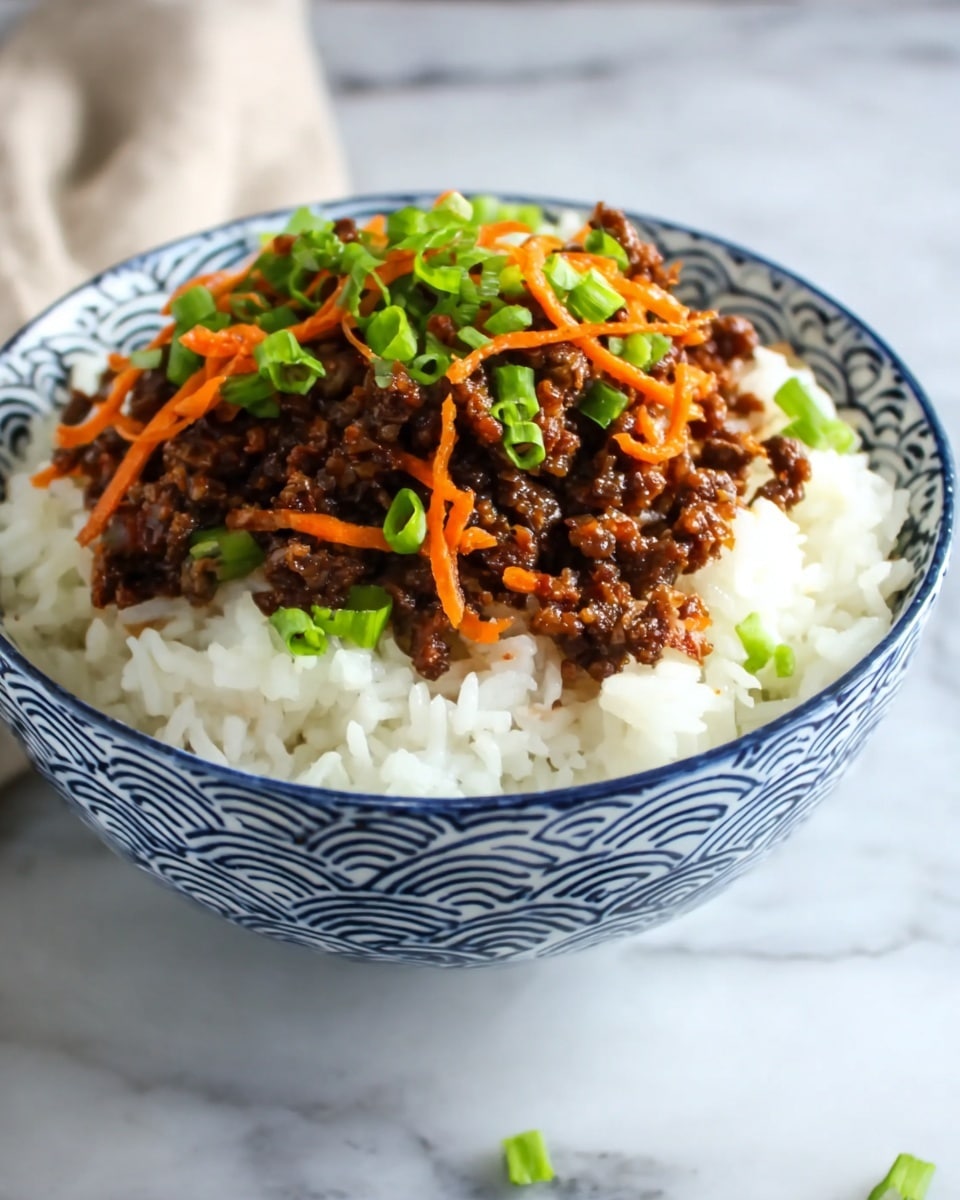
Garnishes
I almost always reach for chopped green onions and toasted sesame seeds when serving. They add a fresh bite and a nutty crunch that makes the dish feel vibrant. I throw a pinch of red pepper flakes on mine for a tiny kick, but that’s totally optional — no pressure if you’re feeding spice-sensitive friends!
Side Dishes
This recipe pairs amazingly well with simple sides like steamed broccoli or a crisp cucumber salad for some freshness. I also love serving kimchi on the side if I have it on hand — it adds a lovely tang and crunch that complements the beef so well.
Creative Ways to Present
For a special occasion, try serving the bowls in cute stoneware dishes topped with edible flowers or thinly sliced radishes for color. You can also wrap the beef and rice in large lettuce leaves for a fresh and fun twist that feels like eating finger food at a dinner party.
Make Ahead and Storage
Storing Leftovers
Once cooled, store the beef mixture and rice separately in airtight containers in the fridge. Keeping them separate helps maintain the rice’s texture so it doesn’t get mushy. These bowls stay great for up to 3 days, perfect for quick lunches or snacks.
Freezing
I’ve frozen the beef mixture without any trouble. Portion it out into freezer-safe containers, and it will keep well for about 2 months. Just skip freezing the rice since it can get mushy — cook fresh rice when you’re ready to eat!
Reheating
I usually reheat the beef on the stove over medium heat with a splash of water or broth to keep it juicy, stirring occasionally. If reheating rice, sprinkle a bit of water over it and microwave covered — this traps steam and revives the fluffy texture nicely.
FAQs
-
Can I make this Easy Korean Beef Rice Bowls Recipe gluten-free?
Absolutely! Just swap out the soy sauce for a gluten-free tamari or coconut aminos. The flavor will still be delicious and just as satisfying.
-
What ground beef should I use for best results?
Lean ground beef (around 90% lean) works best because it browns nicely without releasing too much grease, which helps achieve that savory, clean flavor in the dish.
-
Can I use a different protein instead of beef?
Yes! Ground turkey, chicken, or even a plant-based ground meat substitute are great alternatives. Just adjust cooking times slightly depending on the protein.
-
Is there a vegetarian version of this recipe?
You can replace the beef with crumbled tofu or tempeh, seasoning it similarly and cooking until browned. Adding mushrooms can also boost umami flavor to fill in for the meatiness.
-
How spicy is this recipe and can I adjust it?
The traditional version has a mild to moderate heat thanks to optional sriracha and red pepper flakes. Feel free to omit or increase these depending on your spice preference — it’s totally flexible!
Final Thoughts
This Easy Korean Beef Rice Bowls Recipe has become one of my go-to dinners whenever I want something tasty, fast, and comforting. It hits all the right notes with minimal fuss and maximum flavor, which is a total win in my book. I really hope you enjoy making it as much as I do — it’s like a warm hug in a bowl, and sharing it feels like sharing a piece of home.

